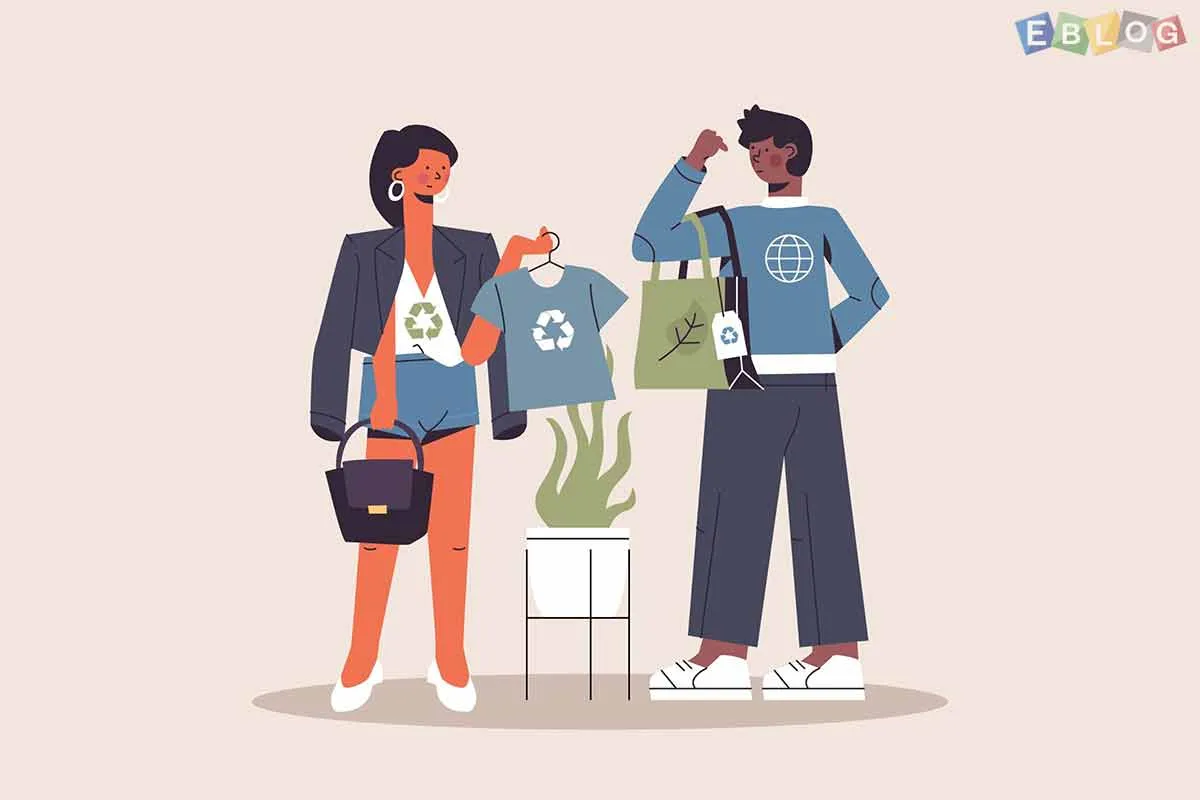
Rent, Reuse, Repeat: Is Fashion Rental the Future?
- 02 Jul, 2025
- Fashion
- 364 Views
- 0 Comments
In a world where the line between fast fashion and fast waste is growing thinner by the day, a new trend is rising — not just in popularity but in purpose. Fashion rental is gaining momentum, offering consumers a chance to enjoy style without the environmental or financial burden of ownership. But is this just a trend, or are we witnessing the future of fashion?
Let’s explore what fashion rental is all about, why it's gaining traction, and whether it’s here to stay.
What Is Fashion Rental?
Fashion rental allows customers to borrow clothing and accessories for a limited time, from designer gowns and suits to everyday outfits and accessories. After the rental period, the items are returned, professionally cleaned, and rented out again.
Popular platforms like Rent the Runway, Nuuly, and HURR have built successful models offering flexibility and variety, targeting everyone from event-goers to trendsetters and eco-conscious shoppers.
Why Fashion Rental Is Gaining Popularity
1. Sustainability Matters
The fashion industry is responsible for 10% of global carbon emissions and is the second-largest consumer of water. Rental services aim to reduce waste by promoting a circular economy — clothes are worn multiple times by different people, extending their lifespan and reducing the need for constant new production.
2. Cost-Effective Style
Buying designer or occasion-specific clothing can be expensive and often impractical. Renting allows consumers to wear high-end brands or trend-specific outfits for a fraction of the cost, perfect for weddings, parties, or even a work presentation.
3. Closet Flexibility
Renting allows fashion lovers to rotate their wardrobes regularly without overstuffing their closets. You can experiment with styles you wouldn’t necessarily commit to, keeping your fashion choices fresh and dynamic.
4. Lower Commitment, Higher Reward
Don’t like something you rented? No problem — return it. Loved it? Some platforms offer the option to purchase at a discount. It’s fashion freedom without the long-term commitment.
Challenges to Overcome
While fashion rental has its perks, it’s not without flaws.
1. Environmental Trade-offs
Shipping items back and forth and the dry cleaning involved in rentals do create a carbon footprint. However, studies suggest that when rentals replace excessive fast fashion purchases, the net environmental impact is still lower, especially when logistics are optimized.
2. Hygiene Concerns
Some people are uneasy about wearing clothes that have been worn by others. But professional cleaning and sanitization processes are standard in reputable rental services, often exceeding traditional dry cleaning standards.
3. Wear and Tear
Frequent use and cleaning can wear down garments. This is why rental services are beginning to invest in higher-quality, durable items designed to last multiple wears.
The Future of Fashion Rental
Fashion rental is no longer just a niche market — it's evolving into a mainstream alternative. Here's how it might shape the industry:
a. Retail-rental hybrids: Brands like Urban Outfitters and Banana Republic now offer rental subscriptions, blending retail and rental into one.
b. Tech integration: AI and data are helping rental companies better predict sizing, reduce returns, and personalize fashion choices.
c. Shared wardrobes: Peer-to-peer rental platforms are emerging, letting individuals rent out their wardrobes, making fashion even more democratic and local.
So, Is Fashion Rental the Future?
Yes, but not as a full replacement for owning clothes. Fashion rental is likely to become one of several tools in a more sustainable and conscious wardrobe strategy. It complements buying fewer, better-quality items and gives consumers new ways to participate in fashion without adding to the planet’s burden.
As we rethink the “buy-and-toss” culture, “Rent, Reuse, Repeat” could become the new fashion mantra — stylish, sustainable, and smart.




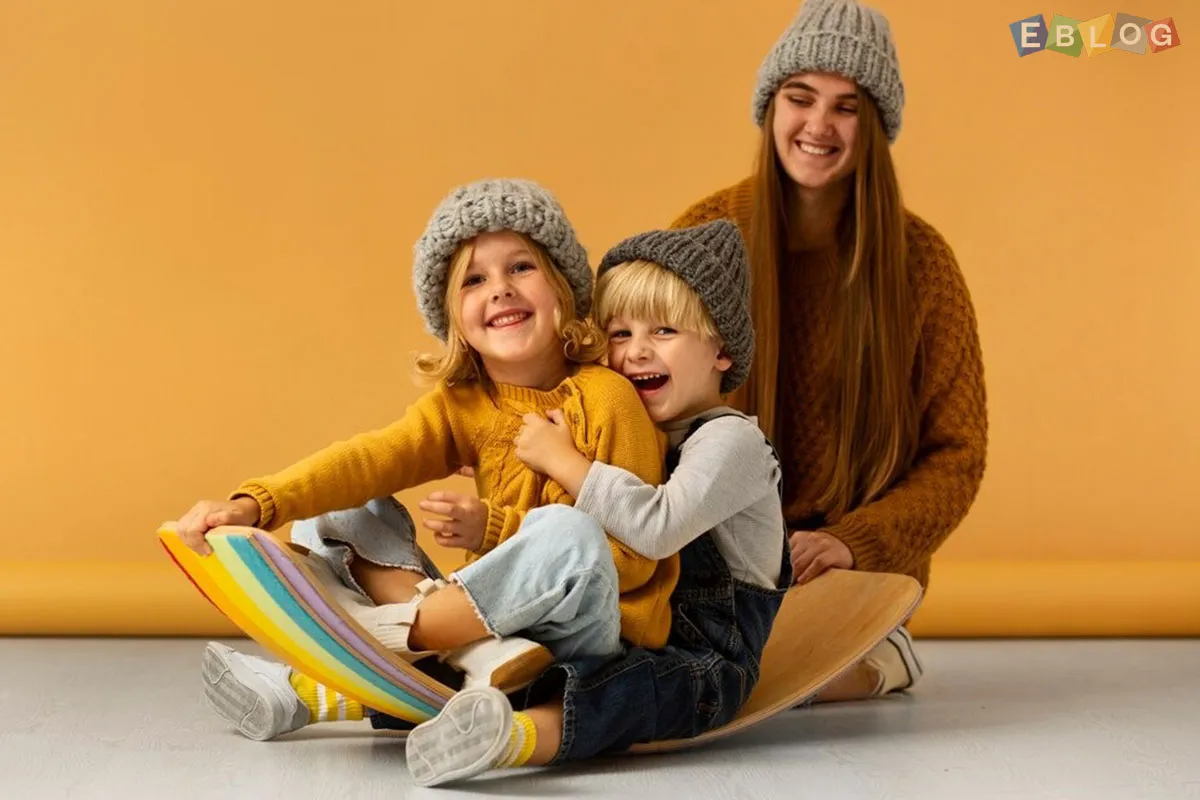
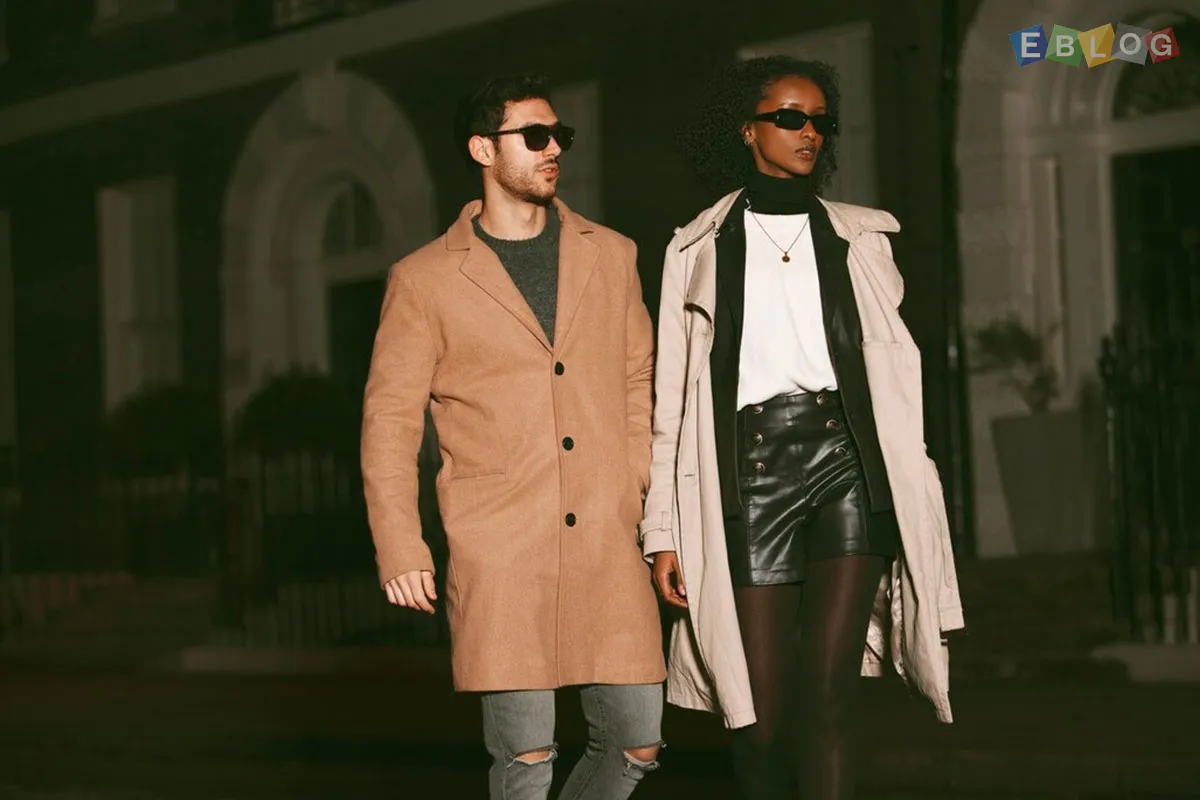
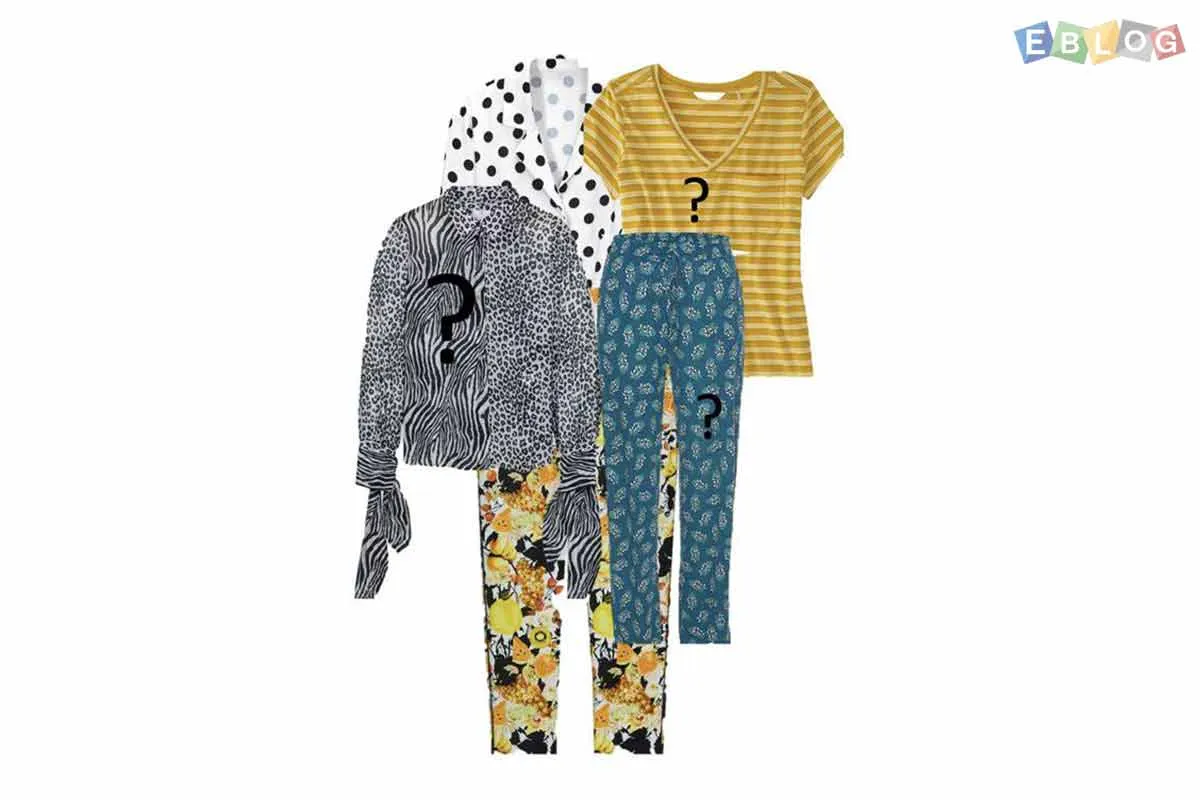
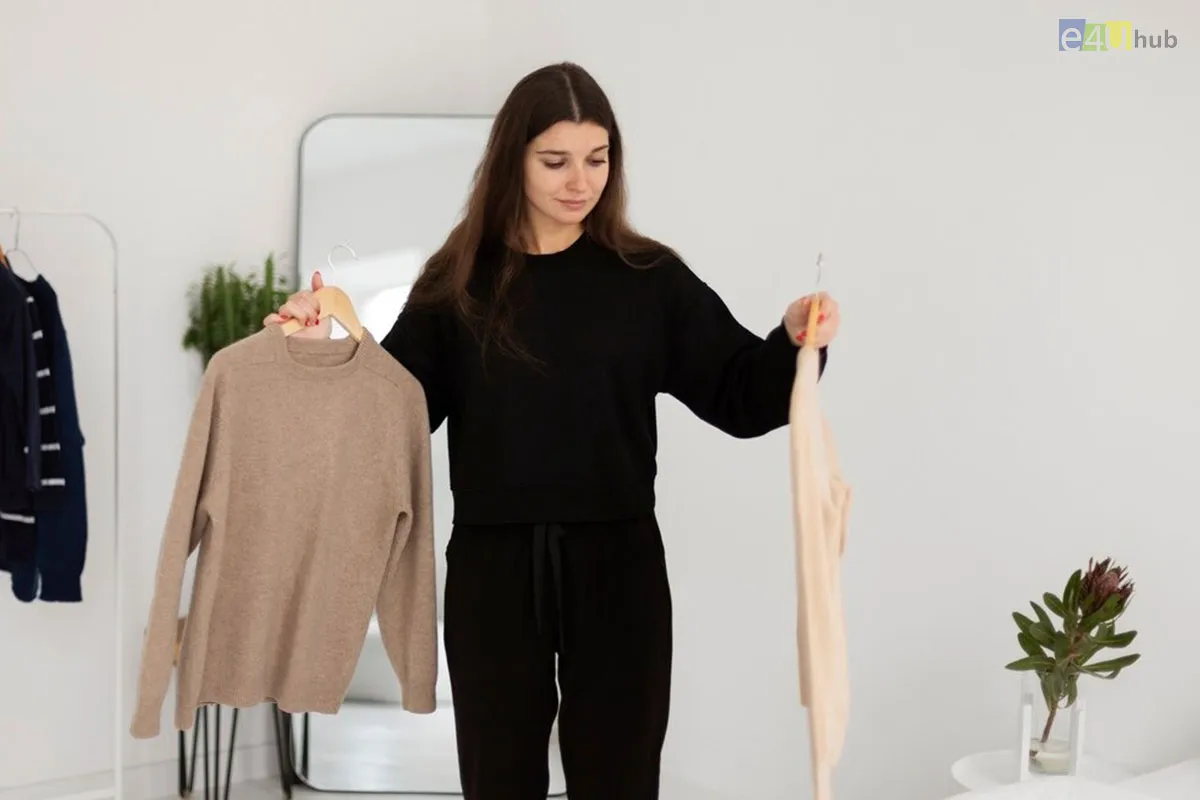
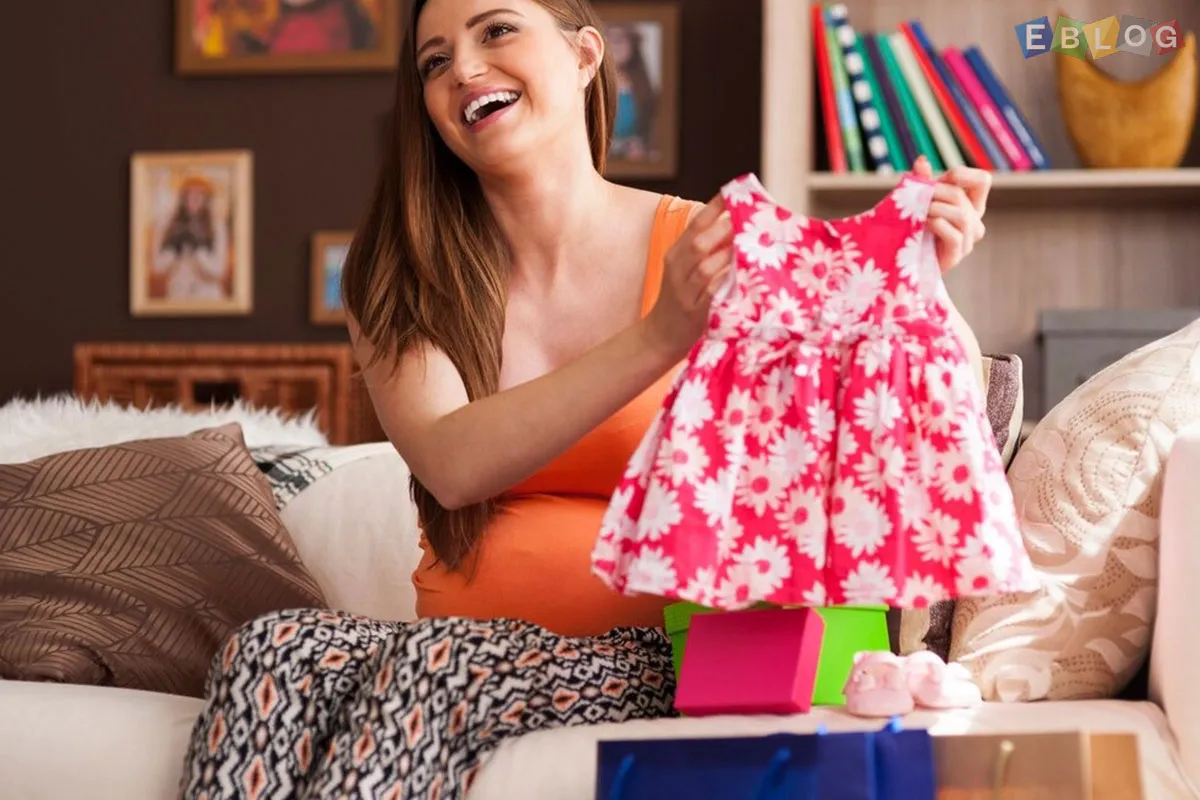
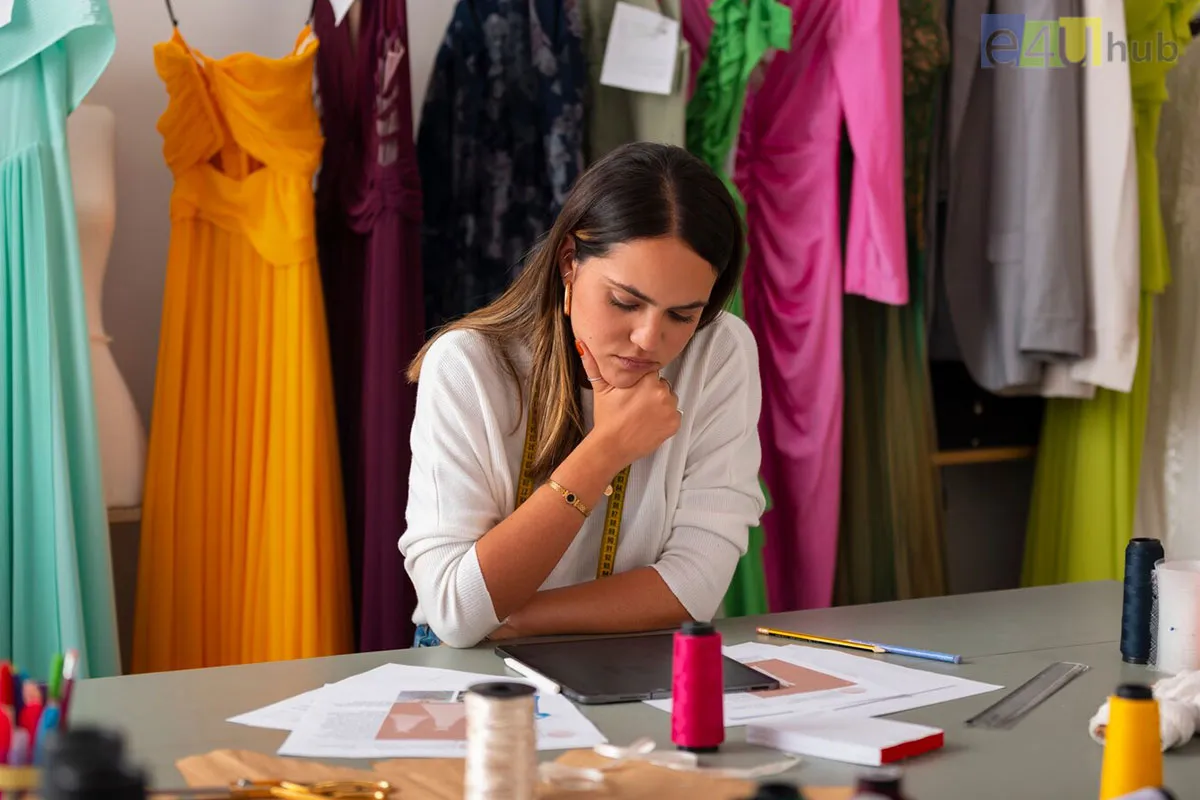
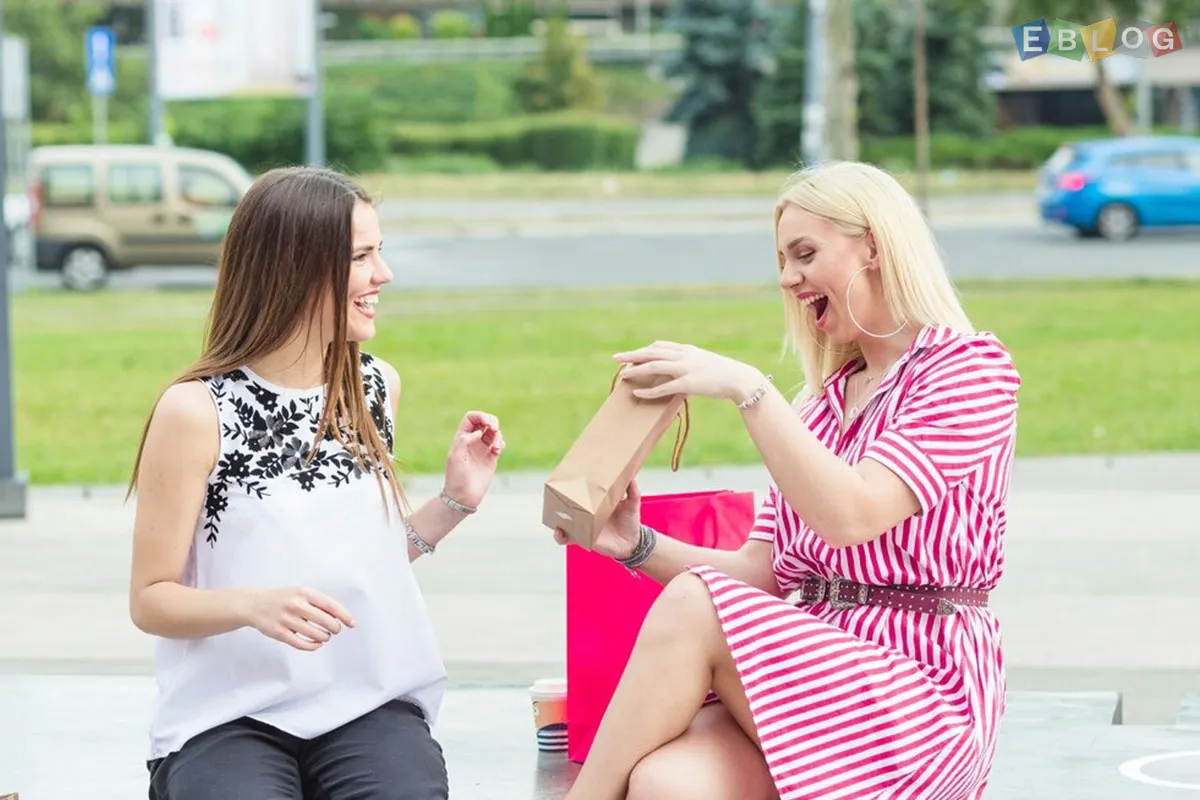
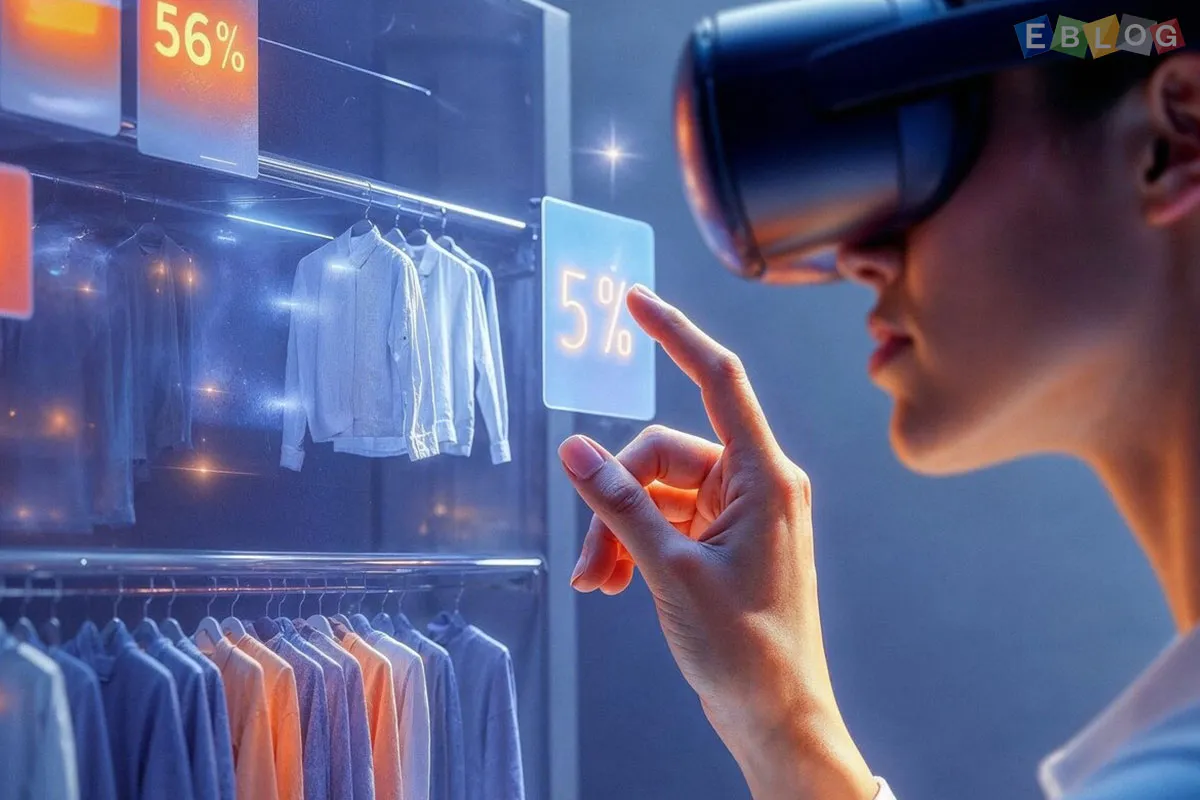
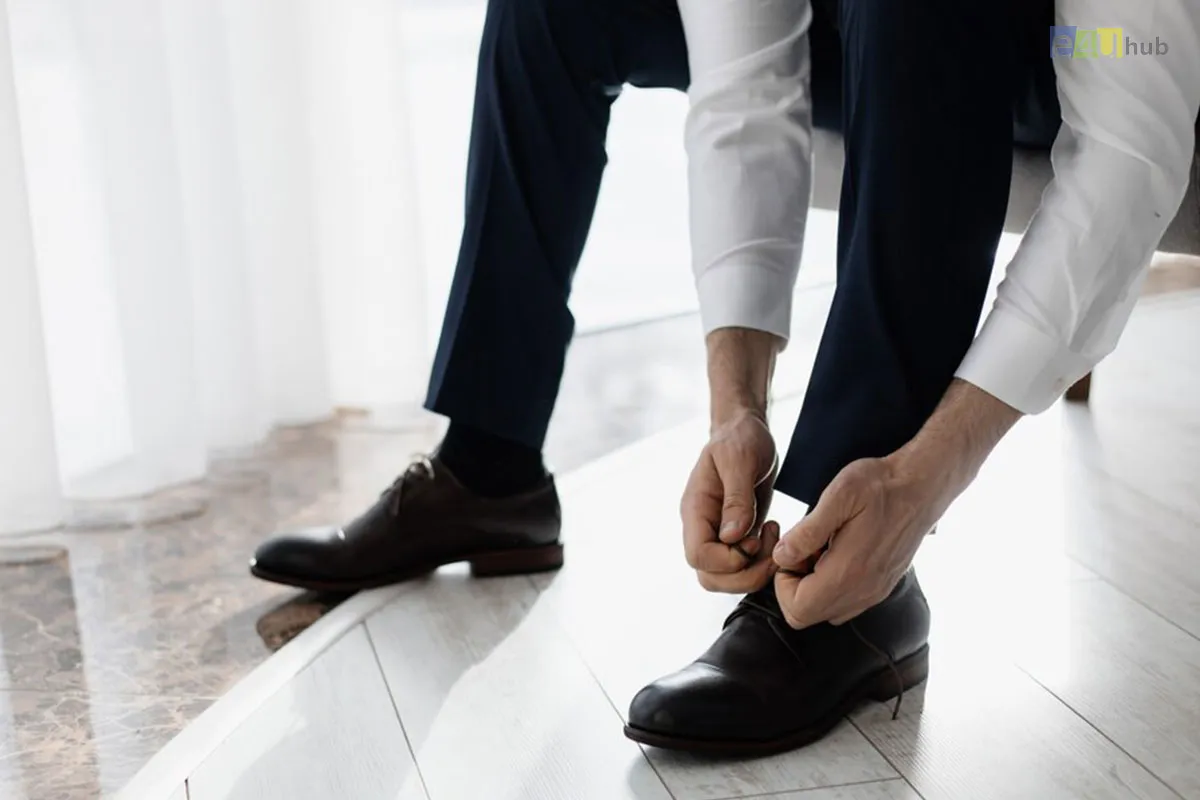
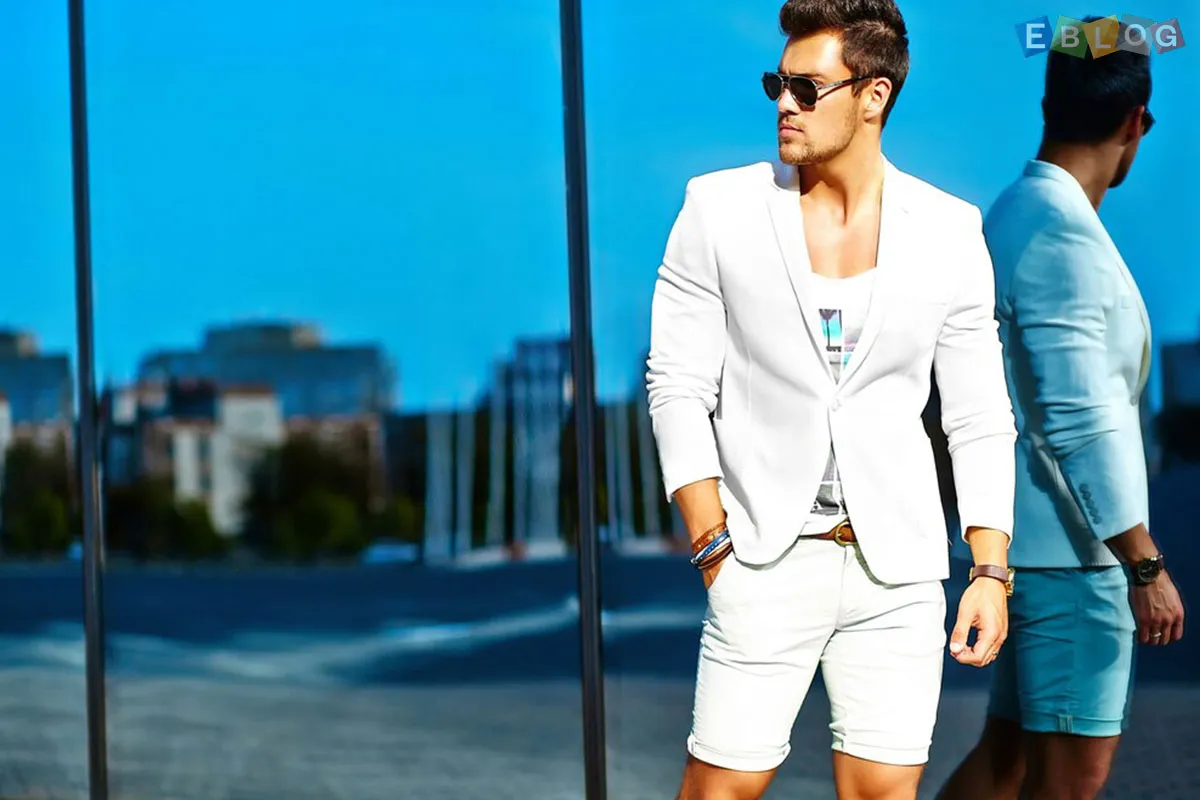

Leave a Reply